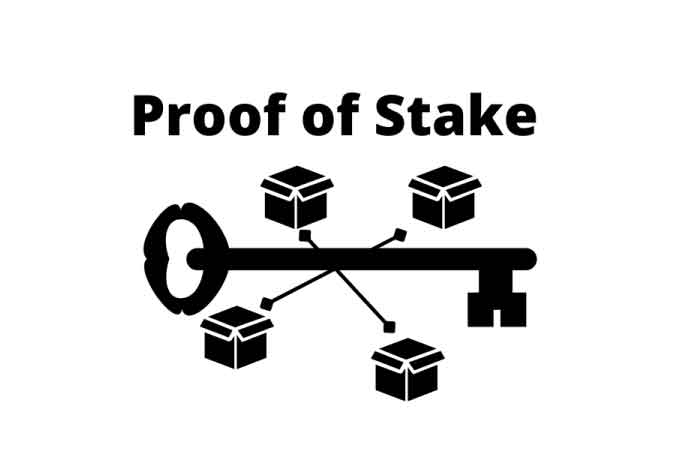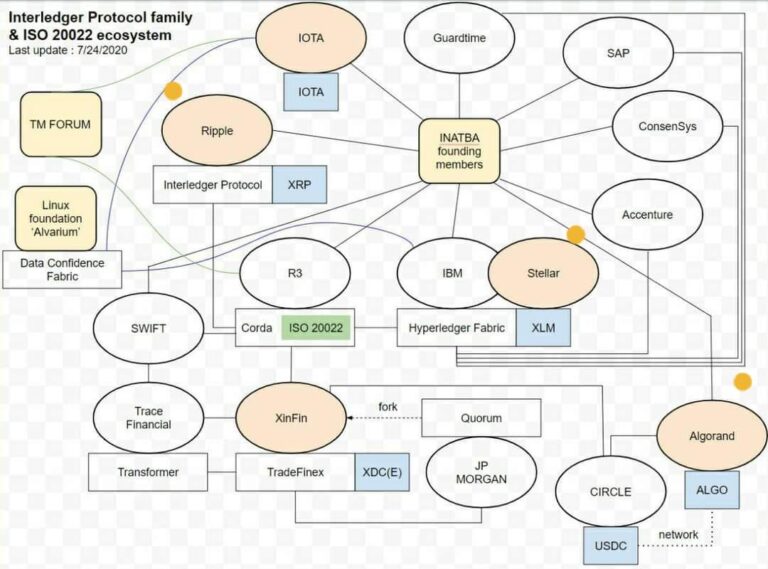Proof of Work Consensus
Proof of Work (or PoW) is a method used to verify that some computational work has been done as a way to filter out users attempting to participate in a network in a way that would be antagonistic. The concepts upon which the modern Proof of Work consensus is built came about in 1993 to stop bad actors, who are dissuaded from bad behavior when sufficient “skin in the game” is required. The inventors of the concepts used in what eventually became referred to as Proof of Work used the method to prevent distributed denial of service (DDoS) attacks and email spam.
Proof of Work requires the participant to demonstrate that a sufficient amount of computational effort has been expended, as opposed to demanding some other form of contribution, such as a monetary payment. The goal of Proof of Work mechanisms is to make it unproductive for any antagonist users on a network while not making the service prohibitive to legitimate users.
Prover’s Work Versus Verifier’s Work
The work done by the entity (the prover or requester) submitting its proof of work is much greater than what is necessary to be done by the entity that verifies the work has been done.
In 2008, the Proof of Work mechanism was adopted by the entity (one or more software developers using the pseudonym Satoshi Nakamoto) that created Bitcoin as a way to secure its distributed payment network. Bitcoin requires that nodes on its network expend time and energy guessing a randomly generated number. The first one to guess the correct answer is given the privilege of adding new transactions that comprise a new block to the Bitcoin blockchain.
Which Cryptocurrencies Use Proof of Work?
Proof of Work is the consensus mechanism used by Bitcoin and many other cryptocurrencies to secure their crypto networks.
These are some of the most popular crypto coins that use Proof of Work as their consensus mechanism.
- Bitcoin (BTC)
- Ethereum (ETH)
- Dogecoin (DOGE)
- Litecoin (LTC)
- Bitcoin Cash (BTH)
- Ethereum Classic (ETC)
- Monero (XMR)
- Zcash (ZCH)
- Dash (DASH)
- Decred (DCR)
Bitcoin’s Use of Proof of Work
The founders of Bitcoin were the first to use Proof of Work in a cryptocurrency network application. The Bitcoin payment system gives significant utility and validation to Proof of Work.
The technical details of how Bitcoin uses the Proof of Work consensus method to secure its crypto network are explained in the video below, published by Khan Academy.
Alternatives to Proof of Work
As the cryptocurrency industry has evolved, various coins and digital payment networks have invented or used other consensus mechanisms to secure their networks.
Here are a few of the alternatives to Proof of Work
- Proof of Stake
- Byzantine Agreement
- Tendermint
- Stellar Consensus Protocol







